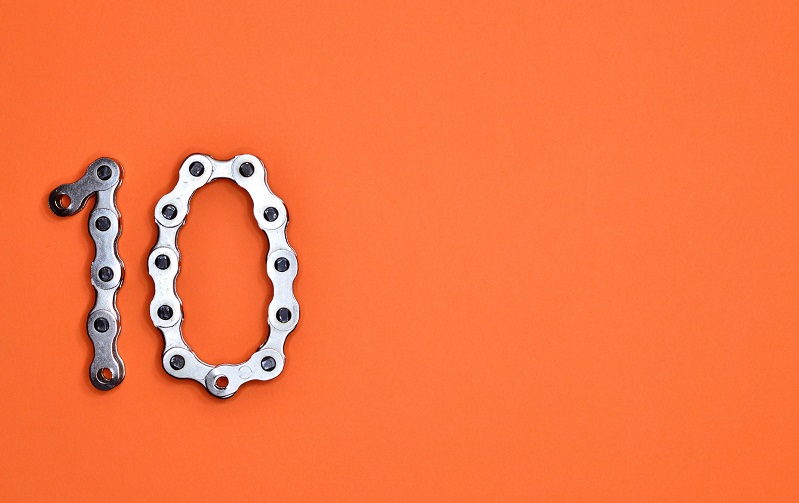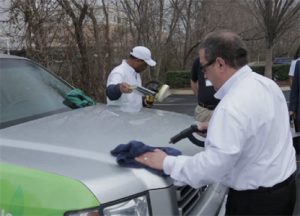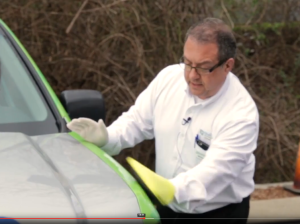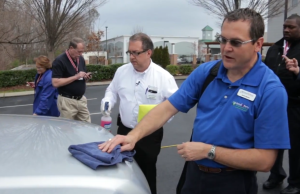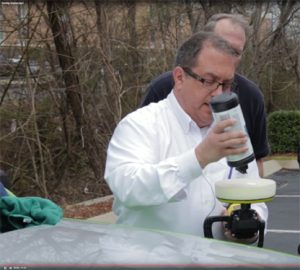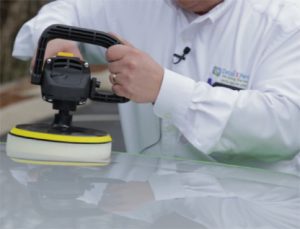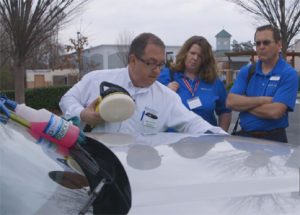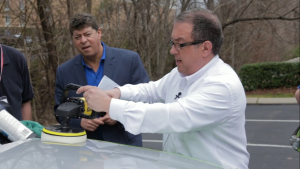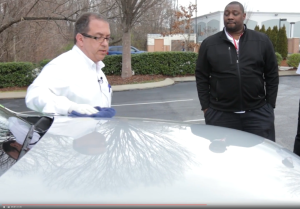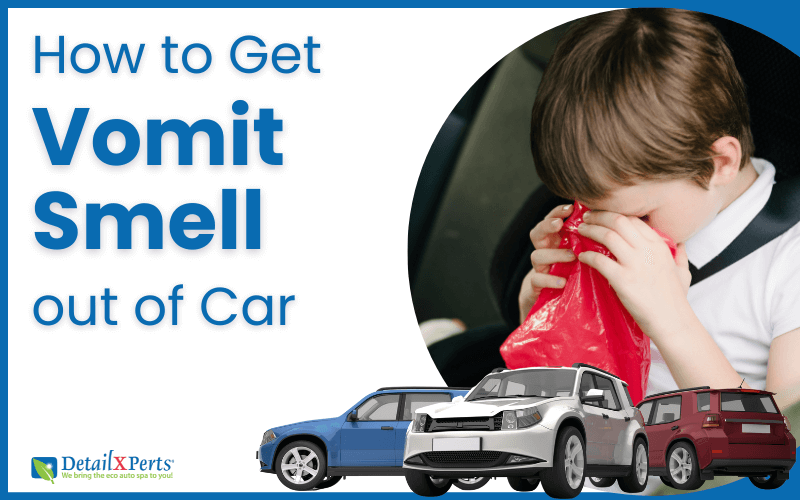What does buffing a car do? It removes swirls and minor scratches that affect the integrity of your vehicle’s paint by removing a layer of its clear coat. It also prevents paint oxidation, rejuvenates headlights, removes chemical etching and restores paint luster. Here we will show you buffing a car steps to help you out.
However, buffing a car steps are not as simple as it seems. Different cars have different numbers of clear coat layers. High-end vehicles have 10-15 layers while cheaper ones have 4-5.
This is why buffing a car steps should be done with utmost care and precaution. A misstep can damage your car’s paint which, in time, can lead to costly repaint jobs.
So how should you buff your car? Follow the guide below.
10 Buffing a Car Steps
1. Wash the Surface with Chemical-free Car Soap or Shampoo
This step ensures that all traces of dirt, sand and other contaminants are removed from the surface. Even a tiny speck of sand that gets stuck on the buffer head can cause minute scratches that can worsen in time. For best results, use organic cleaning products. These do not contain harsh chemicals that can damage vehicle paint.
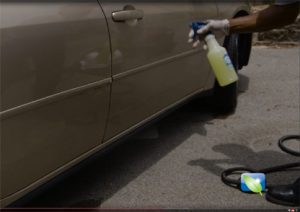
2. Steam-clean It
Your car’s exterior takes a lot of pummeling from natural and man-made materials. Pebbles, sharp wood chips and sand can cause paint chips. Stiff brushes and contaminated rags in automatic car washes cause paint swirls and scratches. These paint damages leave minute cracks where dust and dirt can accumulate. Washing alone will not remove them, but steam cleaning can. It’s because steam can dislodge dust and dirt from minute cracks, leaving you with a smooth, dirt-free surface.
3. Dry It
Dry your vehicle’s surface with microfiber cloths. Waxing a slightly wet surface will lead to uneven application and consequently, streaking. Here are different drying techniques that you might want to know.
4. Use a Clay Bar to Remove Minute Contaminants from the Surface
Why should you use a clay bar when steam cleaning has already removed the contaminants? It’s because clay bar removes slight imperfections and haze. Here’s how to clay bar your car.
5. Wipe the Surface with a Microfiber Towel
Again, it’s microfiber towels to the rescue! These towels are really amazing not only for drying wet areas but for removing all types of residues. Just remember to change microfibers when they look dirty.
6. Put a Tablespoon of Polish on the Applicator Pad
Then spread that polish onto the surface to be buffed. Doing so ensures that the area is lubricated enough. A dry buffer can damage your paint so keep this tip in mind.
7. Work the Polish into the Paint in Circular Motions
This is done to make sure that every single inch of the surface is buffed properly.
8. Work in Small Sections
Wax dries easily, especially when you’re doing it in an open area. The thing is, once the wax hardens, it’ll be extremely difficult to remove. Avoid this by working on a small area at a time.
9. Polish Until Only a Thin Film Remains
Don’t go overboard, though. Otherwise, you’ll end up damaging your vehicle’s paint and spend for an expensive repaint job.
10. Use the Microfiber Buff Cloth to Buff Polish Residue from the Area you Worked
And enjoy your work!
Remember, though, that an orbital polisher is not one to mess with. Only use it if you’re confident of your buffing skills. Otherwise, schedule an appointment with the experts. They have the right equipment, materials and skills for buffing a car efficiently.
Enjoyed this post? Sign up for our newsletter to receive more valuable tips, ideas, coupons, and extras!

